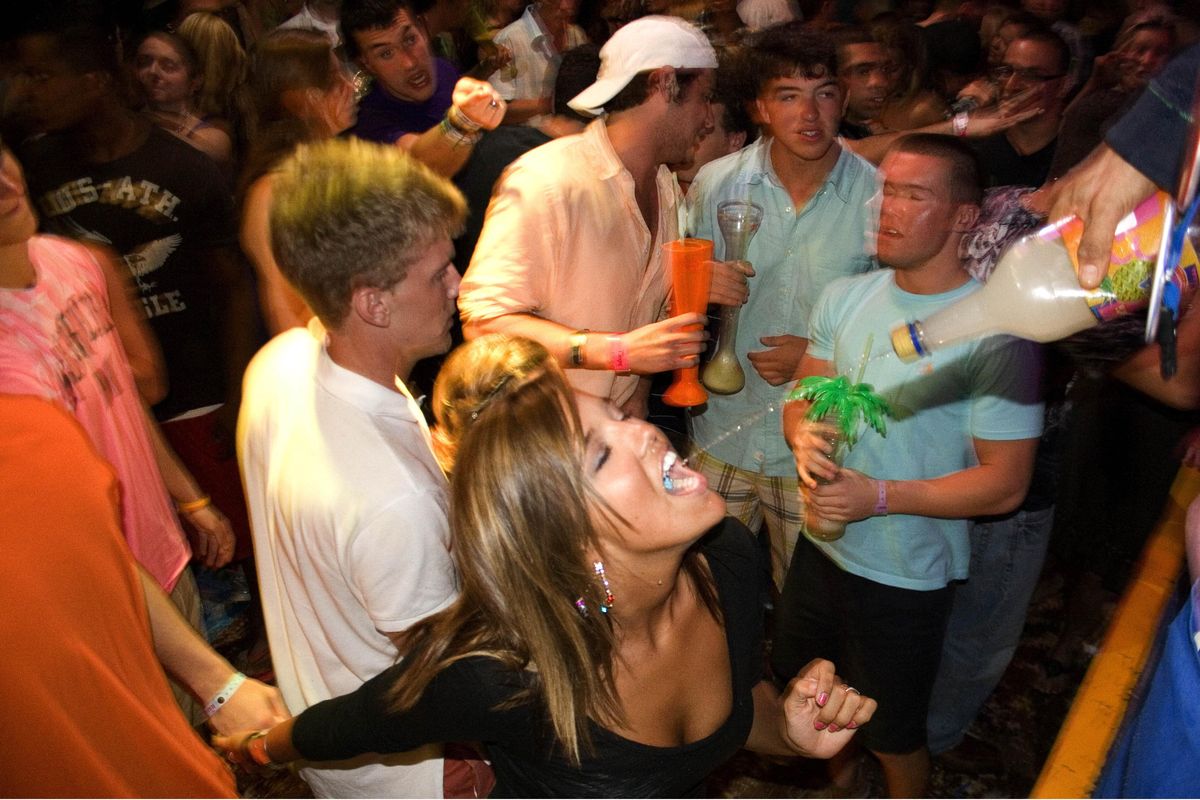A fragile destination
Mexico travel generally safe, the State Department says, but a new warning cautions travelers about border towns.

How safe is travel in Mexico? It all depends on where you’re going. As a new travel warning by the U.S. State Department (http://travel.state.gov) points out, the areas of concern are not the beach resorts or historical cities most Americans visit, but rather the border towns – specifically Tijuana, Nogales, Ciudad Juarez, Nuevo Laredo, Monterrey and Matamoros.
Too often in the past, these types of government alerts have taken a broad-brush approach, simply advising against travel to a country as a whole. What’s different about this warning – issued March 14 following the shooting in Ciudad Juarez of three people with ties to the American consulate – is its level of detail, and the way it rightly targets only towns where drug-related violence has been rampant.
This could have something to do with the fact that Mexico’s tourism economy is fragile, and the U.S. government doesn’t want to do anything that might damage it. But let’s hope it also has something to do with a new, more responsible approach to travel warnings in general.
As the State Department points out, millions of U.S. citizens safely visit Mexico each year, and this isn’t likely to change. Nearly a million Americans live in various parts of the country, enjoying the benefits of an inexpensive retirement and low-cost medical care.
I just returned from seven days in Mazatlan and Sayulita, a surfing and beach town near Puerto Vallarta popular with many from the Northwest.
I experienced nothing out of the ordinary except, perhaps, fewer tourists than usual. Restaurants were lively and filled with Americans and Canadians who seemed to be enjoying their vacations with no hassles or problems.
The Mexican people, of course, are concerned about what’s happening in their country. They’re worried that the violence could spread, and about its effects on their own sense of well-being, tourism and the general economy.
It was interesting to observe a military “show of force,” one evening in Sayulita when a truck with armed soldiers did a once-around the town square while bystanders ate ice cream and typed on laptops.
The bottom line: If you’re planning a vacation soon to Mexico, by all means go. But heed the State Department’s advice and use common-sense precautions such as visiting only legitimate business and tourist areas during daylight hours, and avoiding areas where drug dealing might occur.
Travelers to the Mexican border should be especially aware of safety and security concerns due to increased violence in recent years between rival drug-trafficking gangs competing for control of narcotics smuggling routes.
While it is unlikely that American visitors would get caught up in this violence, travelers should exercise common-sense precautions such as visiting only the well-traveled business and tourism areas of border towns during daylight and early-evening hours.
The State Department’s Web site contains some good information aimed at spring-break vacation crowds, but it’s useful for anyone planning a trip, especially its summaries of the security situation in some popular destinations.
Here’s some of what appears on the Web site:
Acapulco: Drug-related violence has been increasing in Acapulco. Although this violence is not targeted at foreign residents or tourists, U.S. citizens in these areas should be vigilant about their personal safety.
Avoid swimming outside the bay area. Several American citizens have died while swimming in rough surf at the Revolcadero Beach near Acapulco.
Cabo San Lucas: Beaches on the Pacific side of the Baja California Peninsula at Cabo San Lucas are dangerous due to riptides and rogue waves. Hazardous beaches in this area are clearly marked in English and Spanish.
Cancun, Playa del Carmen and Cozumel: Cancun is a fairly large city, approaching 500,000 inhabitants, with increasing reports of crime.
Crimes against the person, such as rape, commonly but not exclusively occur at night or in the early morning hours, and often involve alcohol and the nightclub environment. Therefore, it is important to travel in pairs or groups, be aware of surroundings and take general precautions.
Mazatlan: While the beach town of Mazatlan is a relatively safe place to visit, travelers should use common sense and exercise normal precautions when visiting an unfamiliar location. Avoid walking the streets alone after dark, when petty crimes are much more common.
Beaches can have very strong undertows and rogue waves. Swimmers should obey warning signs placed along the beaches which indicate dangerous ocean conditions.
Nogales/Sonora: Puerto Penasco, aka “Rocky Point,” is located in northern Sonora, 60 miles from the U.S. border, and is accessible by car.
The majority of accidents that occur at this spring-break destination are caused by individuals driving under the influence of alcohol. Travelers should exercise particular caution on unpaved roads, especially in beach areas.
Tijuana: Tijuana has one of the busiest land border crossings in the world. The beach towns of Rosarito and Ensenada also attract a large number of tourists. Drinking alcoholic beverages excessively on a public street is prohibited.